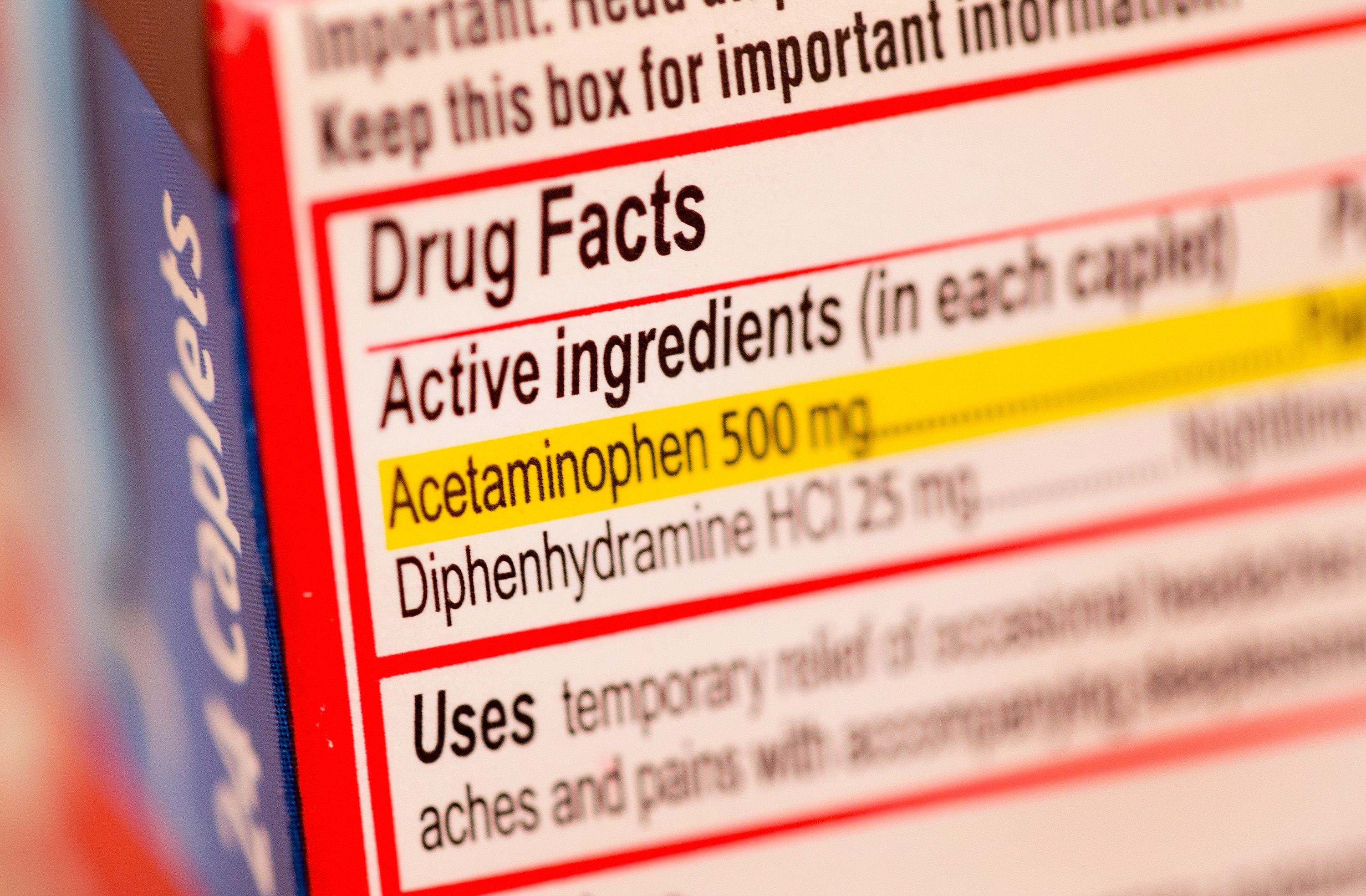Trump’s Tylenol Directive Could Actually Increase Autism Rates, Researchers Warn
…

Trump’s Tylenol Directive Could Actually Increase Autism Rates, Researchers Warn
A group of researchers have warned that President Trump’s recent directive to increase the use of Tylenol in children may actually lead to a rise in autism rates. The directive, aimed at addressing the opioid crisis, calls for healthcare providers to limit the use of opioids in pediatric patients and instead utilize acetaminophen, the active ingredient in Tylenol.
However, some experts believe that this switch could have unintended consequences, as studies have shown a potential link between acetaminophen exposure in early childhood and an increased risk of developing autism spectrum disorder. Researchers caution that the widespread use of Tylenol as a substitute for opioids could inadvertently contribute to the rising rates of autism.
While Tylenol is generally considered safe when used as directed, concerns have been raised about its potential neurodevelopmental effects, particularly in vulnerable populations such as young children. The researchers urge healthcare providers to consider the possible risks associated with acetaminophen use and to monitor children closely for any signs of developmental delays or behavioral changes.
The debate over the safety of Tylenol and its impact on autism rates is ongoing, with some experts calling for further research to better understand the potential risks and benefits of using the drug in children. In the meantime, parents and caregivers are advised to consult with their healthcare providers before starting any new medication regimen for their children.
In conclusion, while President Trump’s directive to reduce opioid use in children is well-intentioned, it is essential to consider the potential implications of increasing Tylenol use on autism rates. As more research is conducted in this area, healthcare providers and policymakers must carefully weigh the risks and benefits of different pain management strategies to ensure the best outcomes for children.





